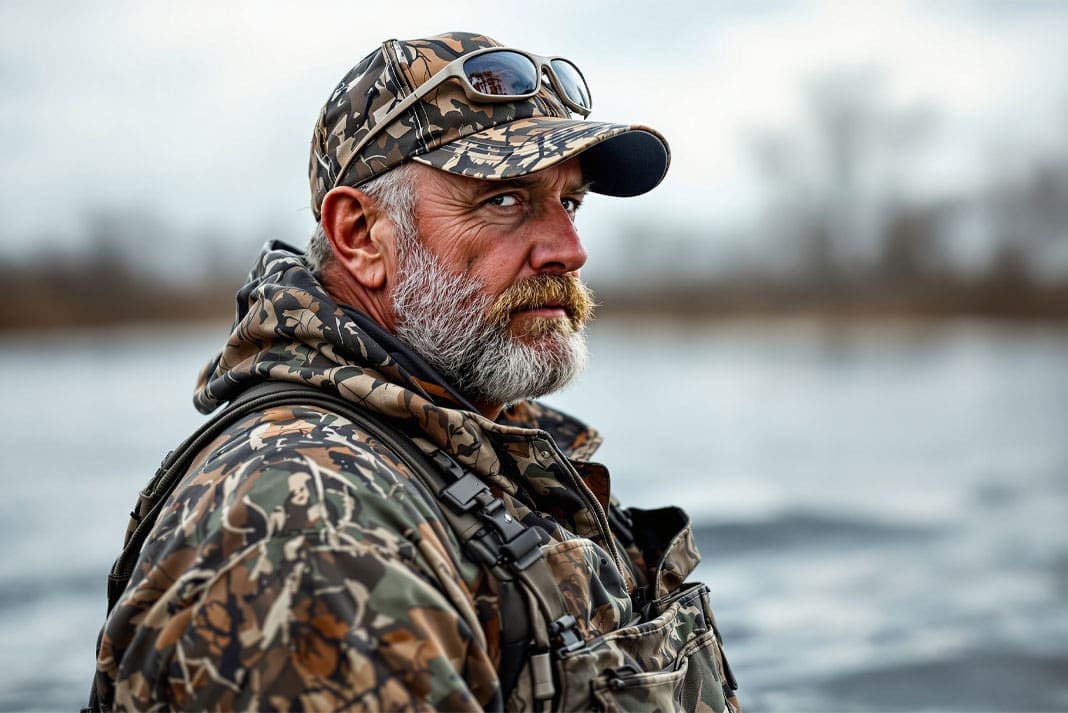The Takeaway: The Migratory Bird Conservation Commission has approved over $54 million to acquire and conserve more than 21,700 acres of wetland habitat and expand public hunting access on National Wildlife Refuges (NWRs) across the country.
This is a direct payoff for every hunter who buys a Duck Stamp and ammunition.
The Hunter’s Investment Pays Off
For years, we’ve tracked the dwindling public access points and the constant funding battles. This news is a stark reminder that the North American Model of Wildlife Conservation—the system funded by sportsmen—is still the single most effective conservation engine in the world.
This $54 million is not taxpayer money; it’s your money. The funds are derived primarily from two critical sources:
- Federal Duck Stamp Sales: Nearly 98 cents of every dollar from the $25 Federal Migratory Bird Hunting and Conservation Stamp goes directly to land acquisition for the National Wildlife Refuge System. Since 1934, this program has generated over $1.3 billion and conserved more than six million acres.
- Pittman-Robertson Act (P-R): Revenue from an excise tax on firearms, ammunition, and archery equipment also contributes to these land conservation efforts.
This recent funding will facilitate land purchases in four states, specifically designated to increase public hunting opportunities and conserve critical wetlands for migratory birds:
| State | National Wildlife Refuge (NWR) | Acreage Conserved | Primary Game Impact |
| Louisiana | Upper Ouachita NWR, Red River NWR | Over 20,300 acres | Waterfowl, small game |
| Tennessee | Lower Hatchie NWR | 495 acres | Waterfowl, deer |
| Various | NWRs across other states | Additional acreage in smaller projects | Various species |
Why You Should Be Aware (and Excited)
The hunting community often focuses on local issues, but this decision has national relevance:
- Expanded Opportunity: The USFWS emphasizes that these new acres are not just for habitat; they are being acquired with a clear mandate to “increase public access” for traditional activities like hunting. More public land means less crowding and more places for you to scout and hunt.
- A Win for Accountability: When you see a large figure like $54 million, it’s easy to get cynical. This announcement, however, is a transparent line item showing that the conservation cash registers are working, and the money is being converted into tangible land assets. It reinforces the value of your annual Duck Stamp purchase.
- Direct Habitat Impact: Wetlands are the engine of the flyways. Adding thousands of acres of protected, managed wetlands provides safe feeding and resting grounds, which is vital for maintaining healthy migratory populations and ensuring you have birds to chase next season.
Your Call to Action: How to Maximize the Investment
This isn’t a time for passive appreciation—it’s time to double down on your commitment.
- Buy a Second Duck Stamp (And a Third): If you are able, buy more than one. You only need one to hunt, but every extra stamp acts as a pure, $25 donation directly to land acquisition. It’s the cleanest way to fund the land you want to hunt.
- Contact Your Local Refuge: If you hunt near one of the refuges listed (or any NWR), call the manager. Ask specifically about the new land tracts and how hunters can access them. Express your appreciation for the expanded access—your engagement reinforces the importance of hunting to the USFWS mission.
- Advocate for P-R: Keep an eye on any political movements that threaten the integrity of the Pittman-Robertson Act. Its structure is essential for funneling equipment dollars back into state-level wildlife management and land acquisition.
Relevant Links for the Dedicated Hunter:
- USFWS Announcement: For the full list of NWRs and acreage, search the U.S. Fish and Wildlife Service press release archives for “$54 Million for Waterfowl Habitat.“
- The Federal Duck Stamp Program: Review the program’s history and impact: fws.gov/service/buy-duck-stamp.
- State-Specific Regulations: Always confirm hunting rules, dates, and boundaries with the specific National Wildlife Refuge’s official website before entering any new area.
This funding is a massive shot in the arm for the nation’s wetlands and for public access. It is proof that conservation is not a feel-good phrase, but a financial equation where hunter dollars equal huntable land.
Source: U.S. Department of the Interior, Migratory Bird Conservation Commission
